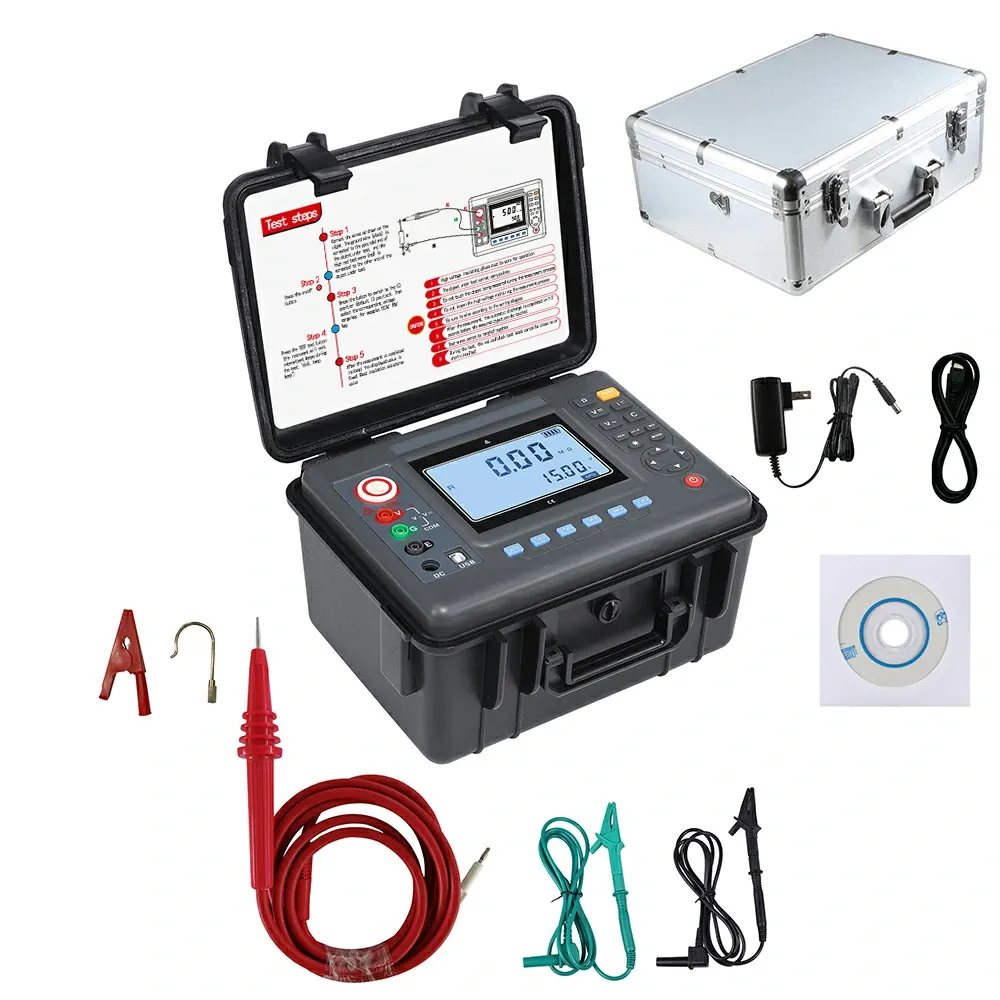 English
English



-
 Afrikaans
Afrikaans -
 Albanian
Albanian -
 Amharic
Amharic -
 Arabic
Arabic -
 Armenian
Armenian -
 Azerbaijani
Azerbaijani -
 Basque
Basque -
 Belarusian
Belarusian -
 Bengali
Bengali -
 Bosnian
Bosnian -
 Bulgarian
Bulgarian -
 Catalan
Catalan -
 Cebuano
Cebuano -
 China
China -
 China (Taiwan)
China (Taiwan) -
 Corsican
Corsican -
 Croatian
Croatian -
 Czech
Czech -
 Danish
Danish -
 Dutch
Dutch -
 English
English -
 Esperanto
Esperanto -
 Estonian
Estonian -
 Finnish
Finnish -
 French
French -
 Frisian
Frisian -
 Galician
Galician -
 Georgian
Georgian -
 German
German -
 Greek
Greek -
 Gujarati
Gujarati -
 Haitian Creole
Haitian Creole -
 hausa
hausa -
 hawaiian
hawaiian -
 Hebrew
Hebrew -
 Hindi
Hindi -
 Miao
Miao -
 Hungarian
Hungarian -
 Icelandic
Icelandic -
 igbo
igbo -
 Indonesian
Indonesian -
 irish
irish -
 Italian
Italian -
 Japanese
Japanese -
 Javanese
Javanese -
 Kannada
Kannada -
 kazakh
kazakh -
 Khmer
Khmer -
 Rwandese
Rwandese -
 Korean
Korean -
 Kurdish
Kurdish -
 Kyrgyz
Kyrgyz -
 Lao
Lao -
 Latin
Latin -
 Latvian
Latvian -
 Lithuanian
Lithuanian -
 Luxembourgish
Luxembourgish -
 Macedonian
Macedonian -
 Malgashi
Malgashi -
 Malay
Malay -
 Malayalam
Malayalam -
 Maltese
Maltese -
 Maori
Maori -
 Marathi
Marathi -
 Mongolian
Mongolian -
 Myanmar
Myanmar -
 Nepali
Nepali -
 Norwegian
Norwegian -
 Norwegian
Norwegian -
 Occitan
Occitan -
 Pashto
Pashto -
 Persian
Persian -
 Polish
Polish -
 Portuguese
Portuguese -
 Punjabi
Punjabi -
 Romanian
Romanian -
 Russian
Russian -
 Samoan
Samoan -
 Scottish Gaelic
Scottish Gaelic -
 Serbian
Serbian -
 Sesotho
Sesotho -
 Shona
Shona -
 Sindhi
Sindhi -
 Sinhala
Sinhala -
 Slovak
Slovak -
 Slovenian
Slovenian -
 Somali
Somali -
 Spanish
Spanish -
 Sundanese
Sundanese -
 Swahili
Swahili -
 Swedish
Swedish -
 Tagalog
Tagalog -
 Tajik
Tajik -
 Tamil
Tamil -
 Tatar
Tatar -
 Telugu
Telugu -
 Thai
Thai -
 Turkish
Turkish -
 Turkmen
Turkmen -
 Ukrainian
Ukrainian -
 Urdu
Urdu -
 Uighur
Uighur -
 Uzbek
Uzbek -
 Vietnamese
Vietnamese -
 Welsh
Welsh -
 Bantu
Bantu -
 Yiddish
Yiddish -
 Yoruba
Yoruba -
 Zulu
Zulu
insulation power factor test
The Importance of Insulation Power Factor Testing in Electrical Systems
In the realm of electrical engineering, ensuring the reliability and efficiency of insulation systems is paramount. One critical aspect of this is the insulation power factor test, a diagnostic tool used to assess the condition of electrical insulation in various components, such as cables, transformers, and switchgear. This article delves into the significance of insulation power factor testing, its methodology, and its implications for maintenance and operational efficiency.
Understanding Insulation Power Factor
The power factor generally refers to the ratio of real power flowing to the load to the apparent power in the circuit. In insulation testing, the power factor represents the inefficiencies in the insulation system caused primarily by dielectric losses. A lower power factor indicates better insulation quality, while a higher power factor reveals the potential for insulation degradation or failure.
Why Conduct Insulation Power Factor Testing?
1. Preventive Maintenance Regular insulation power factor tests can identify electrical systems that may be at risk of failure. By determining the insulation condition, maintenance engineers can schedule repairs or replacements proactively, thus avoiding unexpected outages or catastrophic failures that could lead to significant downtime or safety hazards.
2. Cost Efficiency Detecting insulation issues early can save organizations substantial costs associated with unplanned maintenance and repairs. A power factor test can help extend the lifespan of electrical equipment by ensuring it operates within safe parameters, ultimately reducing capital expenditure over time.
3. Compliance and Safety Many industries are governed by strict regulations regarding electrical safety and performance. Insulation power factor testing ensures compliance with these standards, thus safeguarding personnel and equipment from electrical hazards.
Methodology of Insulation Power Factor Testing
The insulation power factor test is conducted using specialized testing equipment that applies a standardized high-voltage AC signal to insulation materials. Key steps in the testing process include
insulation power factor test

1. Preparation Ensure the equipment is de-energized and properly isolated. This step is crucial for the safety of personnel and accurate measurement.
2. Test Application The high-voltage AC signal is applied to the insulation system. The equipment measures both the current that flows through the insulation and the voltage applied.
3. Data Analysis The power factor is calculated using the ratio of the effective current (referred to as the leakage current) to the capacitive current. This data can be plotted over time, allowing for trend analysis that can reveal insulation deterioration.
4. Interpretation of Results Engineers interpret the test results to evaluate the condition of the insulation. A power factor above acceptable thresholds indicates that the insulation is degrading and may require immediate attention.
Implications for the Future
As industries move towards greater reliance on electrical systems, the importance of insulation power factor testing cannot be overstated. Advancements in technology have made it possible to conduct these tests with greater accuracy and efficiency. The integration of digital monitoring systems can facilitate continuous assessment, allowing for real-time analysis and quicker response to potential insulation failures.
Moreover, as renewable energy sources and electric vehicles gain momentum, the demand for reliable insulation systems will only increase. Companies must embrace regular testing and advanced monitoring solutions to secure their operations against the risks of insulation failure.
Conclusion
Insulation power factor testing is a vital procedure that enhances the reliability and safety of electrical systems. By adopting proactive testing protocols, industries can mitigate risks, optimize maintenance activities, and ensure compliance with safety regulations. Ultimately, the continued emphasis on insulation testing will play a pivotal role in the longevity and efficiency of electrical infrastructure in a rapidly evolving technological landscape.
-
Testing Equipment Industry Sees Major Advancements in 2025: Smart & Precision Technologies Lead the WayNewsJun.06,2025
-
Applications of Direct Current Generators in Renewable Energy SystemsNewsJun.05,2025
-
Hipot Tester Calibration and Accuracy GuidelinesNewsJun.05,2025
-
Digital Circuit Breaker Analyzer Features and BenefitsNewsJun.05,2025
-
Benefits of Real-Time Power Quality Monitoring Devices for Industrial EfficiencyNewsJun.05,2025
-
Earth Fault Loop Testing in High-Rise Building Electrical SystemsNewsJun.05,2025



